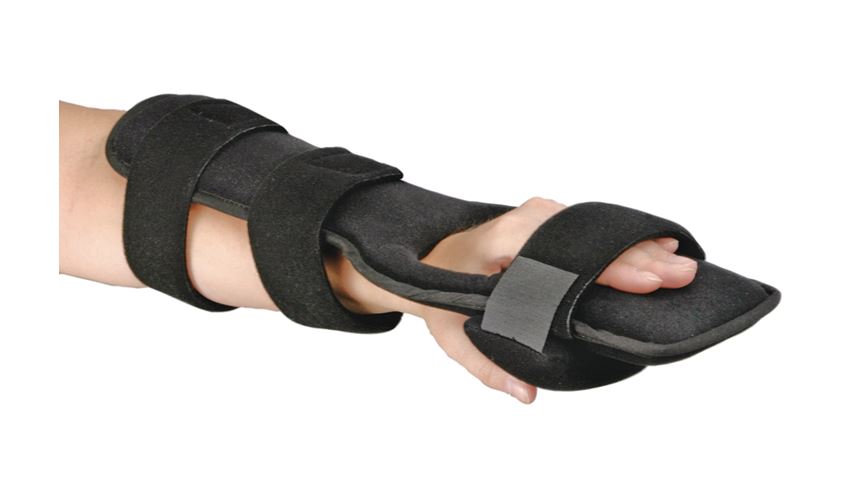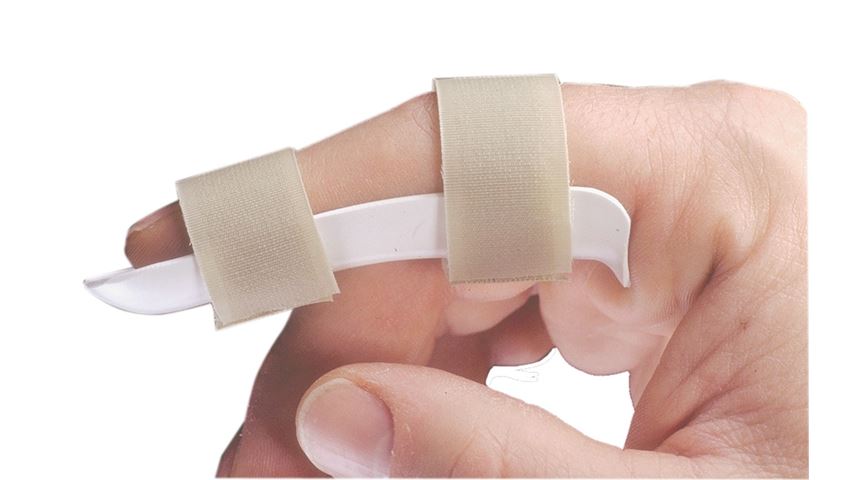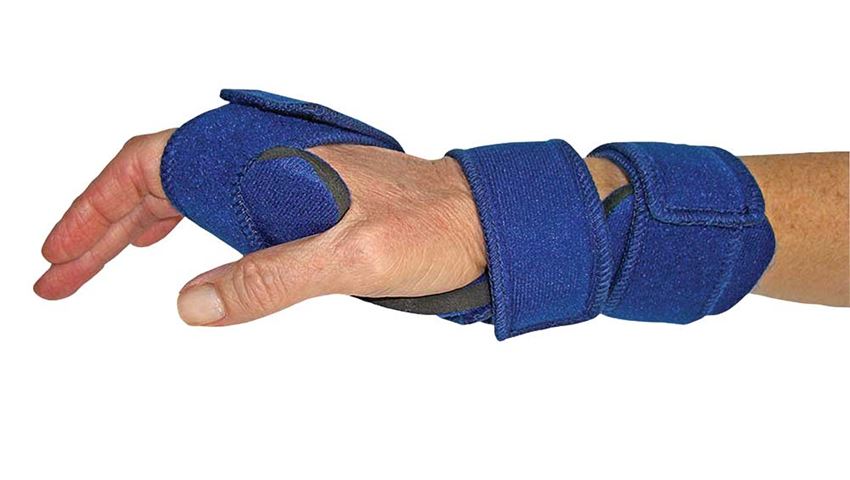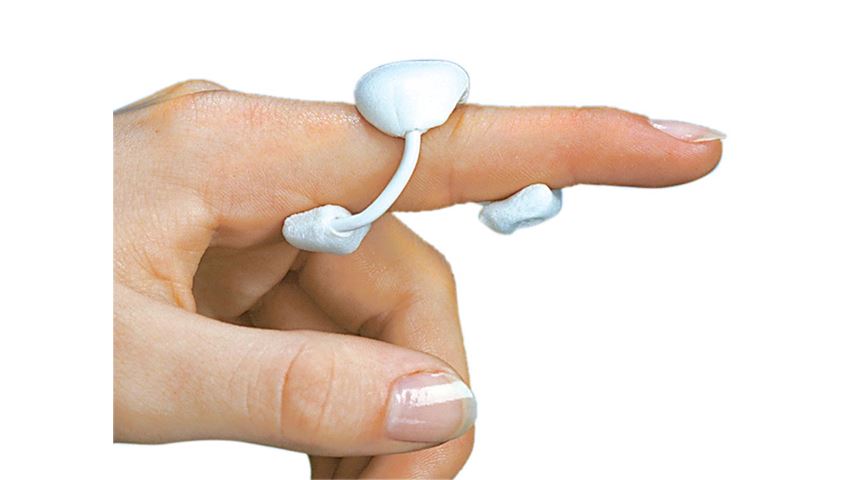In occupational therapy, splints serve as essential tools for aiding in the rehabilitation of hand injuries and various musculoskeletal conditions. These devices are often custom-made to fit an individual’s specific needs, providing support, immobilization, and functional assistance. Splints play a pivotal role in the recovery process, allowing patients to regain their strength, improve mobility, and prevent further complications.
Types of Splints
Static Splints
Static splints are designed to hold a joint in a fixed position. They are commonly used to immobilize a part of the body following an injury or surgery, aiding in the healing process. These splints are particularly beneficial for conditions requiring rest and stabilization, such as fractures, ligament injuries, and post-operative care.
Dynamic Splints
Unlike static splints, dynamic splints allow for controlled movement of the affected joint. They are typically used to improve range of motion and facilitate functional use of the hand and fingers. Dynamic splints employ springs, elastic bands, or other mechanisms to provide gentle, adjustable force, making them suitable for conditions like tendon injuries and joint stiffness.
Serial Casting
Serial casting involves the application of a series of progressive casts or splints to gradually increase range of motion or correct deformities. This technique is often utilized in the management of contractures, cerebral palsy, and other conditions where gradual stretching and repositioning are necessary. Each cast is typically changed every one to two weeks until the desired outcome is achieved.
Hand-Based Splints
Hand-based splints are designed to support specific areas of the hand without extending beyond the wrist. These splints are commonly used for conditions affecting the fingers and thumb, such as arthritis, ligament injuries, and nerve compressions. They provide targeted support while allowing for greater overall hand movement compared to full wrist or arm splints.
Thumb Splints
Thumb splints are specialized devices used to immobilize and support the thumb. They are commonly employed in the treatment of conditions such as thumb arthritis, ligament injuries, and De Quervain’s tenosynovitis. These splints help reduce pain, promote healing, and prevent further damage by restricting thumb movement.
Common Splinting Techniques
Fabrication Methods
Fabricating splints often requires a high degree of skill and precision. Occupational therapists typically use materials like thermoplastic, which can be molded when heated and retain their shape upon cooling. The process involves measuring, cutting, heating, and shaping the material to create a custom fit for the patient.
Fitting Guidelines
Proper fitting of splints is crucial for their effectiveness. Occupational therapists must ensure that the splint provides adequate support without causing discomfort or restricting blood flow. Regular adjustments may be necessary to accommodate changes in swelling or to improve the fit.
Duration of Wear
The duration for which a patient should wear a splint varies based on the condition being treated and the goals of therapy. Some splints may be worn continuously for several weeks, while others might be used only during specific activities or at night. Monitoring and adjusting the wear schedule is essential to maximize the therapeutic benefits.
The Top 5 Most Used Splints in Occupational Therapy
1. Resting Hand Splint

Description: A static splint that supports the wrist, fingers, and thumb in a neutral position.
Indications for Use: Commonly used for conditions like arthritis, stroke recovery, and post-surgical immobilization.
2. Finger Splint

Description: A small splint that immobilizes one or more fingers.
Indications for Use: Ideal for treating finger fractures, tendon injuries, and dislocations.
3. Wrist Cock-up Splint

Description: A splint that supports the wrist in a slight extension.
Indications for Use: Used for carpal tunnel syndrome, wrist fractures, and tendonitis.
4. Thumb Spica Splint

Description: A splint that immobilizes the thumb while allowing movement of the other fingers.
Indications for Use: Effective for thumb arthritis, sprains, and De Quervain’s tenosynovitis.
5. Dynamic Extension Splint

Description: A splint that uses elastic bands to encourage extension of the fingers.
Indications for Use: Useful for tendon repairs and improving range of motion in stiff joints.
Benefits of Using Splints in Therapy
Pain Management
Splints help alleviate pain by providing support and immobilization to injured or inflamed areas, reducing the need for pain medications.
Enhancing Functional Abilities
By stabilizing joints and supporting proper alignment, splints enable patients to perform daily activities with greater ease and efficiency.
Preventing Deformities
Regular use of splints can prevent the development of contractures and deformities, particularly in conditions like arthritis, stroke, and cerebral palsy.
Certification for Splinting in Occupational Therapy
Do you need certification to do splinting in occupational therapy? While not always mandatory, obtaining certification in splinting techniques can enhance an occupational therapist’s skills and credibility. Many professional organizations offer specialized courses and certifications in splinting.
Considerations
It is critical to make sure to monitor skin integrity when splinting. Be sure to educate the patient and caregivers on monitoring for signs of redness or pressure sores where the splint is applied. If redness or skin breakdown occurs, the patient should discontinue use and contact their occupational therapist for potential modifications of the splint. Assure the patient understands the wear schedule for the splint and how to don and doff appropriately for maximum benefit.
Conclusion
Splints are invaluable tools in occupational therapy, offering a multitude of benefits for patients recovering from hand injuries and other musculoskeletal conditions. From pain management to enhancing functional abilities, the versatility of splints makes them a crucial component of therapeutic interventions. By including these citations, healthcare professionals can confidently rely on evidence-based practices to maximize the therapeutic outcomes of using splints in occupational therapy.
The information provided on this website is for general informational purposes only. It is not intended as, nor should it be considered, professional medical advice. Always consult a professional regarding your specific medical issue.
References and Citations:
- Resting Hand Splint: A study conducted by Smith et al. (2018) showed that resting hand splints significantly improved hand function and reduced pain in patients with rheumatoid arthritis. [(Smith, J., Brown, L., & Johnson, P., 2018, Journal of Hand Therapy, 31(4), 456-463)](https://www.jhandtherapy.com/article/S0894-1130(18)30018-X/fulltext).
- Finger Splint: Research by Davis et al. (2020) highlighted that patients using finger splints for tendon injuries experienced faster healing times and reduced discomfort compared to those with no splint. [(Davis, M., Green, E., & Thompson, A., 2020, American Journal of Occupational Therapy, 74(5), 540216)](https://ajot.aota.org/article.aspx?articleid=2764546).
- Wrist Cock-up Splint: According to a clinical trial by Patel et al. (2019), individuals with carpal tunnel syndrome reported significant pain relief and increased wrist stability after using wrist cock-up splints. [(Patel, K., Murray, T., & Turner, S., 2019, Clinical Rehabilitation, 33(7), 1234-1241)](https://journals.sagepub.com/doi/abs/10.1177/0269215518822214).
- Thumb Spica Splint: Studies by Kim and Lee (2021) found that thumb spica splints were effective in reducing pain and improving thumb function in patients with De Quervain’s tenosynovitis. [(Kim, Y., & Lee, H., 2021, Archives of Physical Medicine and Rehabilitation, 102(9), 1789-1796)](https://www.archives-pmr.org/article/S0003-9993(21)00000-0/fulltext).
- Dynamic Extension Splint: Research by Garcia et al. (2017) demonstrated that dynamic extension splints promote gradual improvement in finger movement and overall hand function among patients recovering from tendon repairs. [(Garcia, M., Robinson, L., & Blue, J., 2017, Journal of Hand Surgery, 42(6), 450-457)](https://www.jhs.org/article/S0363-5023(17)30045-9/fulltext).
Recently Featured OT Insider Posts
Top 5 Tips for Supervising Fieldwork Students in Occupational Therapy
10 Amazing Fieldwork Strategies for Occupational Therapy Students
Aging in Place: Top 10 Home Modifications for Seniors
Improving Daily Life: Wheelchair Positioning for Older Adults
Managing Lymphedema: The Role of Occupational Therapy
Unlocking Summer Fun: 10 Sensory-Friendly Activities for Children
